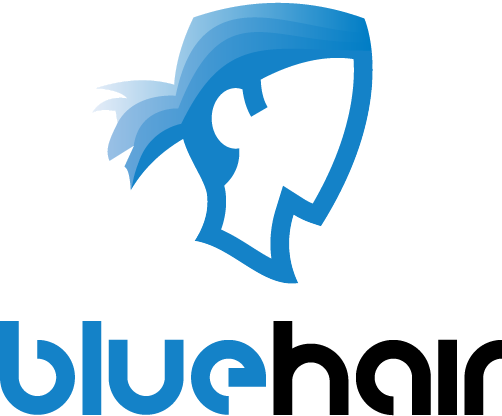VirtualGoals: enhancing the playability of football through the use of interactive technologies
Relevant Keywords:
Football, interactive technology, prototyping, user testing, wizard of oz.
Design Goal:
At playgrounds, the sport courts are very popular and are used intensively for playing football. It is however strange that these sport courts are hardly used by girls, despite the strong growth in the popularity of girl football in the last few years. Our design goal was to develop an interactive installation for sport courts and in particular the Cruyff courts. By adding interactive technology to the game of football we want to enhance the playability of the playgrounds.
Project duration and team:
120 hours, 3 interaction designers (David Güiza Caicedo, Nouschka Tijdeman, Ferdinand van Oostrom)
Methods used:
- Experiential prototyping
- Wizard of Oz prototyping
- Mid-Fi prototyping
- User testing
THE PROJECT:
By playability we understand “The extent to which a certain game has the capability to provide enjoyment for a player over an extended period of time” (Kücklich et al). The use of interactive technology should contribute to motivate girls to play on the Cruyff courts along with the boys, but it was very important for us that boys should not feel pushed away from the fields. All of our initial ideas were based on the existing football game, without changing the basic rules (a ball, two teams and two goals). By adding an extra dimension to the game, the Cruyff courts will still be accessible for the current users and girls will be attracted as well. We have to keep in mind that the new dimension should give both boys and girls the same chance of winning and enhance the playability of the fields for both of these user groups.
Different prototyping approaches and testing
We brainstormed a couple of ideas and then conducted lo-fi experiential user tests with a girls football team and a group of boys, to find out what our potential users find most interesting and exciting about them and through this we chose one of the concepts which seemed the most promising. This concept was translated into an early “Wizard of Oz” prototype for some user testing of the interaction we intended to use, and finally into a mid-fi working prototype using a low cost technology approach.
Description of the final design & prototype
The chosen concept was “VirtualGoals”, in which the physical goals of the court are replaced by hit sensitive walls which act as a giant display for a variety of virtual goals such as moving goals, goals changing randomly in size and position and a goal which reduces its size every time the opposing team scores, to make it harder for them to score again. The interactive surfaces work independent of each other, so the users can make combinations of different goal types (see the first video below).
Each virtual goal has three control panels located to the right and left of the goal area, which will be used to control the system variables (goal type, music mode and reset score). To make changes to these settings, the panels must be hit twice with the ball in a short time period. This is done in such a way to keep them from reacting to accidental hits. With the ‘Virtual goals’ concept we are meeting the requirements of the design goal in the following way:
- It enhances the playability of the game, by adding an extra variable to the game (different types of goals and a time dimension to them) without adding extra rules or changing the basics of football.
- It’s attractive for girls to play against boys by setting up a combination of different goal types, making it possible to implement a handicap system due to the various difficulties each goal type imposes.
- It supports the learning and training of skills (e.g. awareness and quickness to react).
Final prototype
For the real size instalation, the idea is to cover both end sides of the 28 meter wide Cruyff court with light-emitting and hit-detecting panels, measuring 50x50cm each. Of course, since we are dealing with a prototype to make some tests a low cost approach had to be made to make it simple and plausible:
- Only a single wall was built.
- The sensors were replaced by layers of aluminium foil glued to both the panels and a supporting structure, and kept apart by a separating material, which when pressed together would make contact and close a circuit.
- We used the circuitry of a computer keyboard as interface to connect the panels to the computer controlling the beamer.
- The light producing panels were replaced by a beamer projecting a flash application that would react to the different key presses sent by the panels and project the right images accordingly.
Videos of various prototype tests (during production and after completion) can be seen in the videos below.
My role in the process
Throughout the project, my tasks included:
- Planned and lead the design process
- Conceptualized and detailed the chosen idea
- Organized the various user testing sessions
- Planned the set-up for the final prototype and developed the interactive projection


















